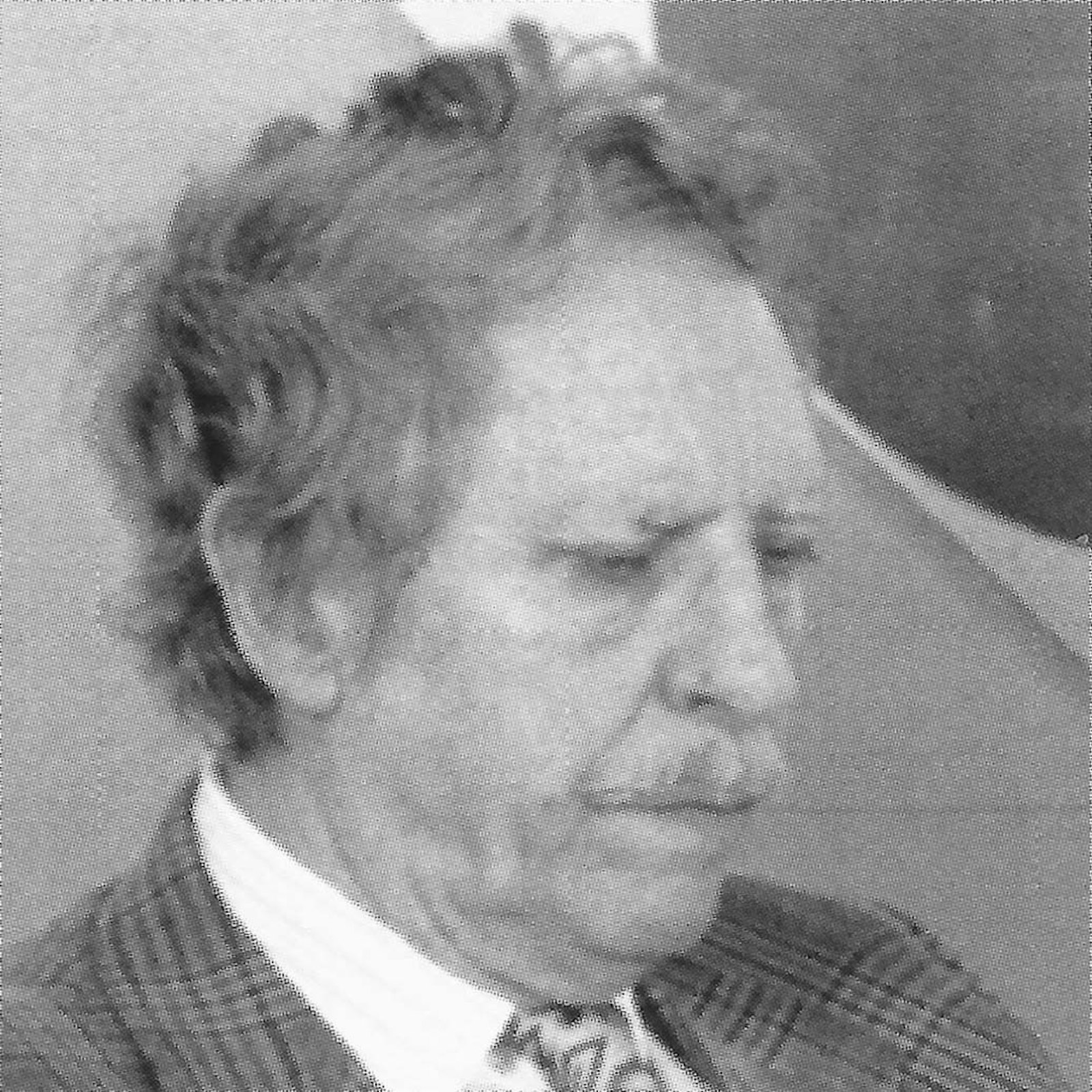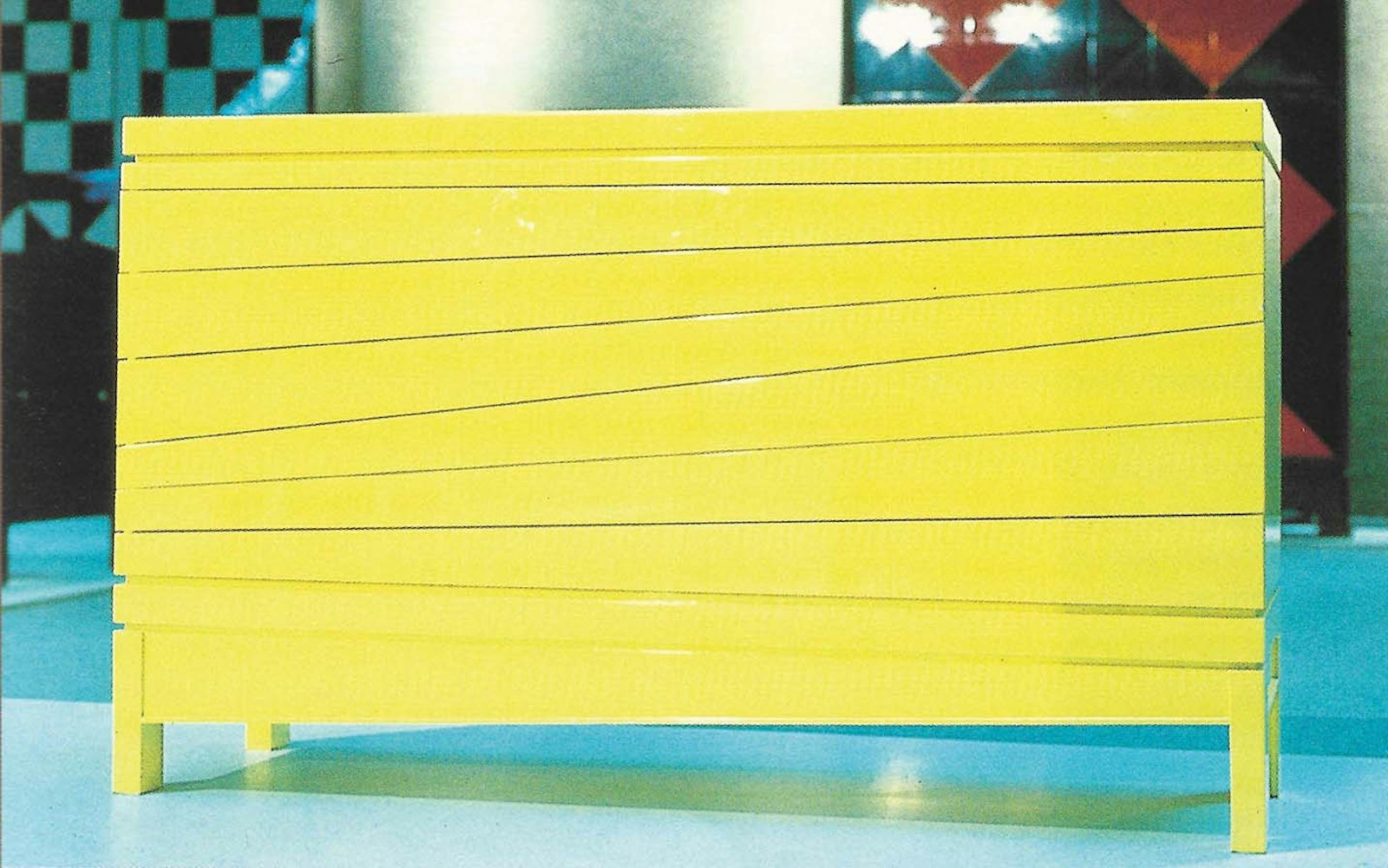de Velde
Emiel Veranneman
Shortly after World War Il, Emiel Veranneman (°1924, Kortrijk) started his career as a furniture designer. His career as well as that of his friend Pieter De Bruyne has known no equal in Flanders.
In fact, both designers have a striking number of characteristics in common: an intense personality and a creative steadiness chat has permanently armed them against incomprehension.
Veranneman's furniture from the end of the forties and the beginning of the fifties is characterized by its rigid construction, its strong rhythm as to the lines and volumes and its clear emphasis on a functionalism removed of all ornamentation. Though these elements were similar to chose in post-war Scandinavian furniture, Emiel Veranneman's designs were adapted to heavier, more solid constructions.
By the end of the fifties, the furniture producers' incomprehension for his innovative designs caused Veranneman to execute these designs himself while ignoring criteria such as serial construction, price and sales marker. New here is his strongly balanced design and the light, functional construction which refers back to examples from great and ancient civilisations. The ancient Chinese culture and furniture art in particularis clearly visible in Veranneman's work.
Coloured lacquer work combined with exotic woods and a great harmony between colour, material and shape characterize the physical appearance of his important furniture creations in the sixties and seventies. From 1970 onwards, Veranneman's furniture art became increasingly dominated by monumentality. He highlighted the austerity of his designs by painting the pieces entirely in bright colours: red, blue, olive green, lemon yellow, black, turquoise. This impression of monumentality is strengthened by the horizontal and diagonal lines. Large areas of colour are interrupted by decorative elements in contrasting colours.
Nor is Emiel Veranneman afraid of including graphical elements in his work, though in his case they never result in playful frivolity: imagination and soberness are perfectly combined into a refined whole in which the functional aspect of the piece is never threatened.
(Taken from: Meubeldesign en kunst. Pieter De Bruyne, Frans Van Praet, Emiel Veranneman. Exhibition catalogue, 1992).
Given that Veranneman's career spans a period of 50 years, we would like to refer these who would like further information, on the designer to his monograph which has been published on the occasion of his retrospective at the Museum for Decorative Arts in Ghent: Emiel Veranneman. Cultureel Ambassadeur van Vlaanderen (Monographs on Flemish Art) under the guidance of E. VERANNEMAN, edited by Snoeck-Ducaju & Son and the Gemeentekrediet, 1994. This publication contains an extensive biography of the artist (Pages 319-321 ).


